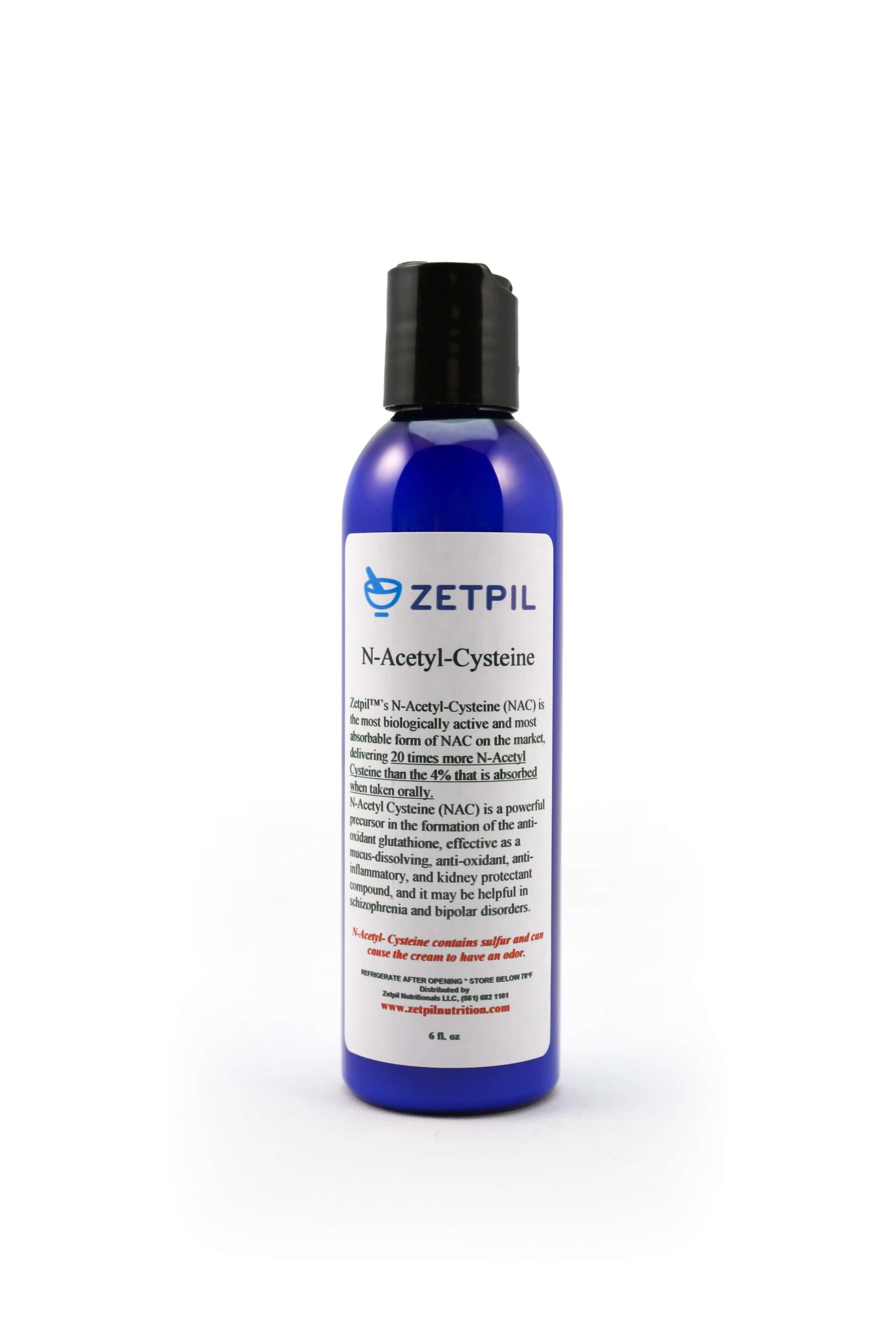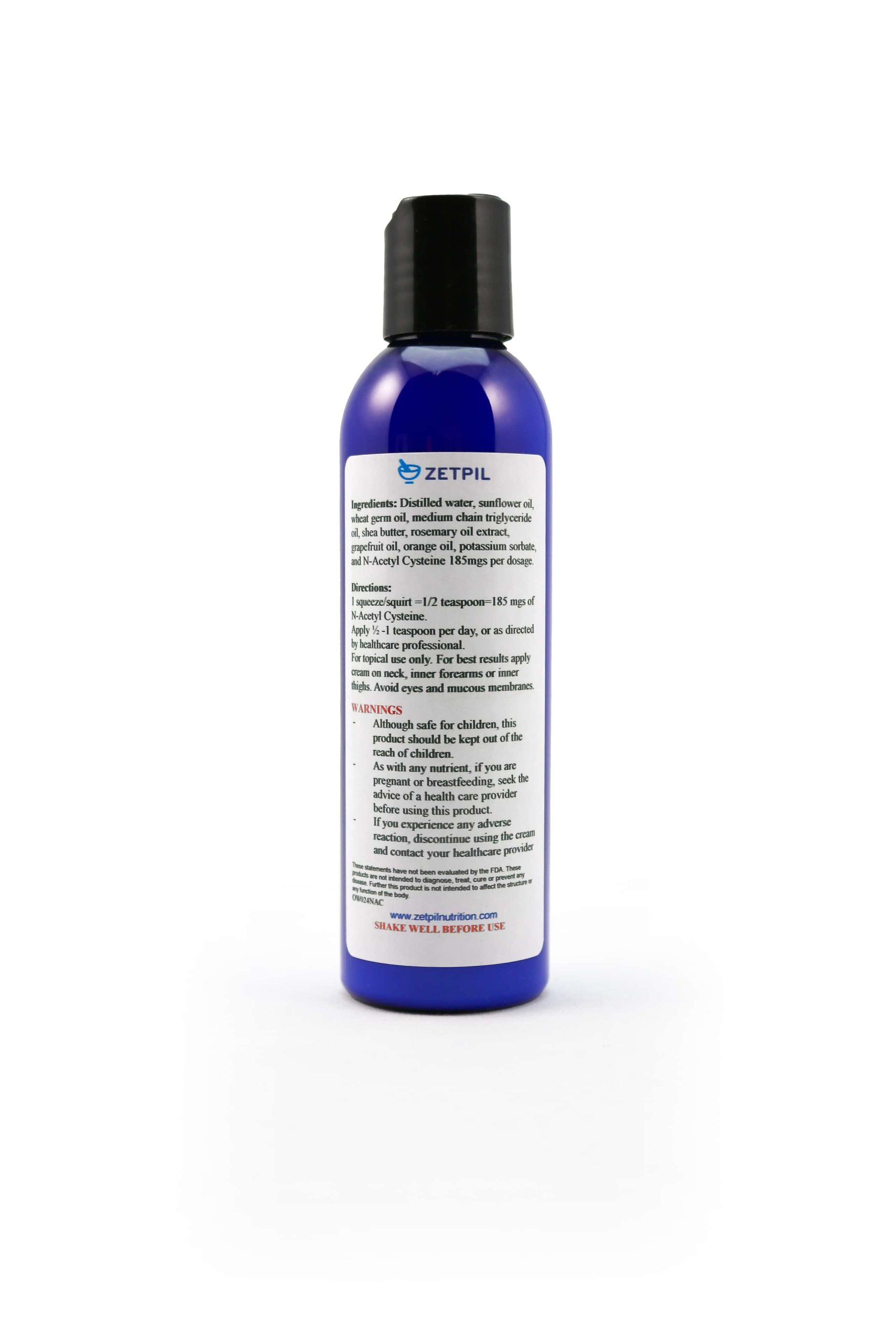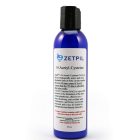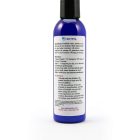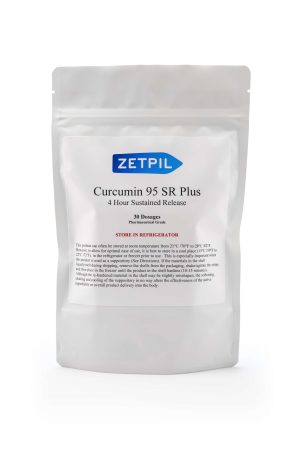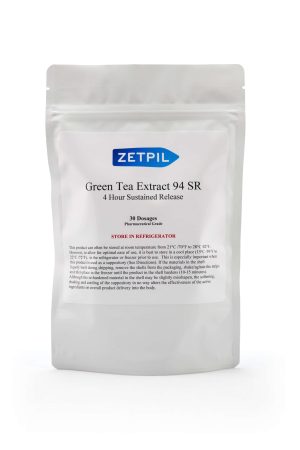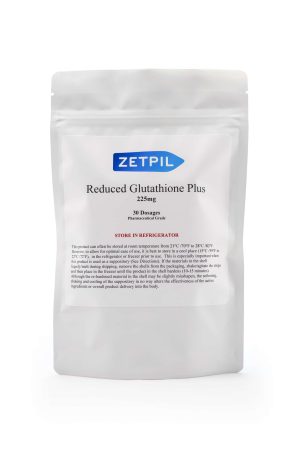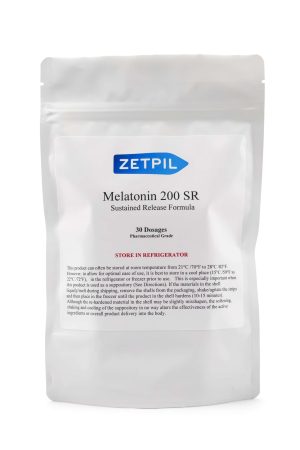Description
Zetpil™ Cream Advantage
Zetpil™ delivers nutrition through the skin with the use of deep-penetrating, ultra-absorbable creams that have a unique, proprietary formulated base that has revolutionized not only this mode of delivery, but also the ability to obtain nutrients in a far more efficacious method. These creams are a result of combining natural ingredients with a non-irritating, rapidly absorbable, antioxidant base material and delivering the nutrients directly into the bloodstream in less than 10 minutes in a highly effective manner. Oral supplements are exposed to the hazards of stomach acid, digestive enzymes, food-related breakdown, first pass metabolism, and other bioavailability issues in the gastro-intestinal system.
Additionally, many raw materials simply have a very low bioavailability , and only achieve around 10% or less absorption rates, even if the patient is in optimal health condition. Compromised health, age, or certain conditions that result in an inability to take oral nutrients often preclude these patient populations from obtaining the necessary nutrition to stay healthy which often exacerbates chronic health issues.
Zetpil™ deep penetrating creams, are a NOW solution to delivering the necessary nutrients to patients, on a daily basis, that is both easy and cost effective.
What is N-Acetyl-Cysteine?
N-Acetyl-Cysteine (NAC) is a precursor to the amino acid cysteine. NAC’s beneficial actions are the result of increasing our body’s own glutathione production as well as participating in general antioxidant activities in the body (ie: free radical scavenger). However, there is a catch!
N-Acetyl-Cysteine (NAC) is a powerful antioxidant and free radical scavenger, but it is only 4% orally bioavailable. Zetpil™ NAC deep penetrating cream is 20 times more powerful than oral supplementation. This alternate mode of delivery may overcome the low oral bioavailability issues with NAC and allow the health-conscious consumer to achieve higher dosages and benefit from its antioxidant properties. Clinical Applications of N-acetylcysteine – Alternative …
Important note to patients who have frequent MRIs: The commonly used MRI contrast agent gadolinium has been shown to build up in the body causing significant damage including renal (kidney) dysfunction. NAC has been proven to be advantageous both prior to and following MRI procedures using contrast agents. http://www.ncbi.nlm.nih.gov/pmc/articles/PMC3967529/
References
References
There are almost 17,000 available articles in the National Library of Medicine studying NAC. To learn more, please visit:http://www.ncbi.nlm.nih.gov/pmc/?term=NAC
N–acetylcysteine (NAC) in neurological disorders: mechanisms of action and therapeutic opportunities
Brain Behav Mar 2014; 4(2): 108–122
Reza Bavarsad Shahripour
http://www.ncbi.nlm.nih.gov/pmc/articles/PMC3967529/
The biochemistry of acetaminophen hepatotoxicity and rescue: a mathematical model
Theoretical Biology and Medical Modelling 2012, 9:55
Rotem Ben-Shachar
http://www.tbiomed.com/content/9/1/55
The chemistry and biological activities of N-acetylcysteine
Biochim Biophys Acta 2013 Aug; 1830(8):4117-29
Samuni Y, et al
http://www.ncbi.nlm.nih.gov/pubmed/23618697
N–acetylcysteine in psychiatry: current therapeutic evidence and potential mechanisms of action
J Psychiatry Neurosci Mar 2011; 36(2): 78–86
Olivia Dean, BSc, PhD, et al
http://www.ncbi.nlm.nih.gov/pmc/articles/PMC3044191/
Glutathione Precursor N–Acetyl-Cysteine Modulates EEG Synchronization in Schizophrenia Patients: A Double-Blind, Randomized, Placebo-Controlled Trial
PLoS One 2012; 7(2): e29341
Cristian Carmeli, et al
http://www.ncbi.nlm.nih.gov/pmc/articles/PMC3285150/
N-acetylcysteine attenuates reactive-oxygen-species-mediated endoplasmic reticulum stress during liver ischemia-reperfusion injury
World J Gastroenterol Nov 7, 2014; 20(41): 15289–15298
Yong Sun, et al
http://www.ncbi.nlm.nih.gov/pmc/articles/PMC4223262/
Oxidative Stress in Schizophrenia: An Integrated Approach
Neurosci Biobehav Rev Jan 1, 2011; 35(3): 878–893
Byron K.Y. Bitanihirwe, M.Sc., M.Sc., et al
http://www.ncbi.nlm.nih.gov/pmc/articles/PMC3021756/

